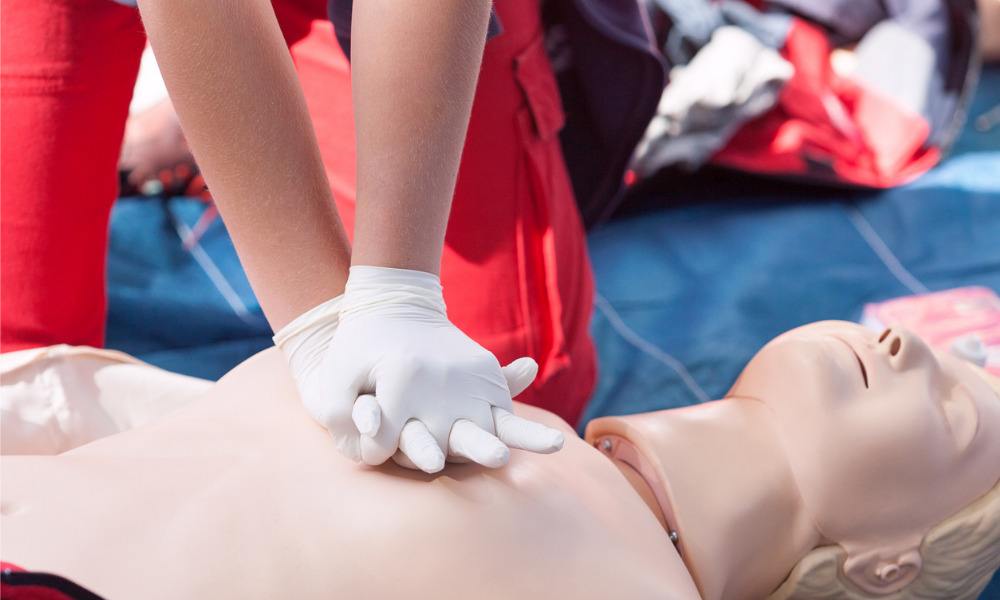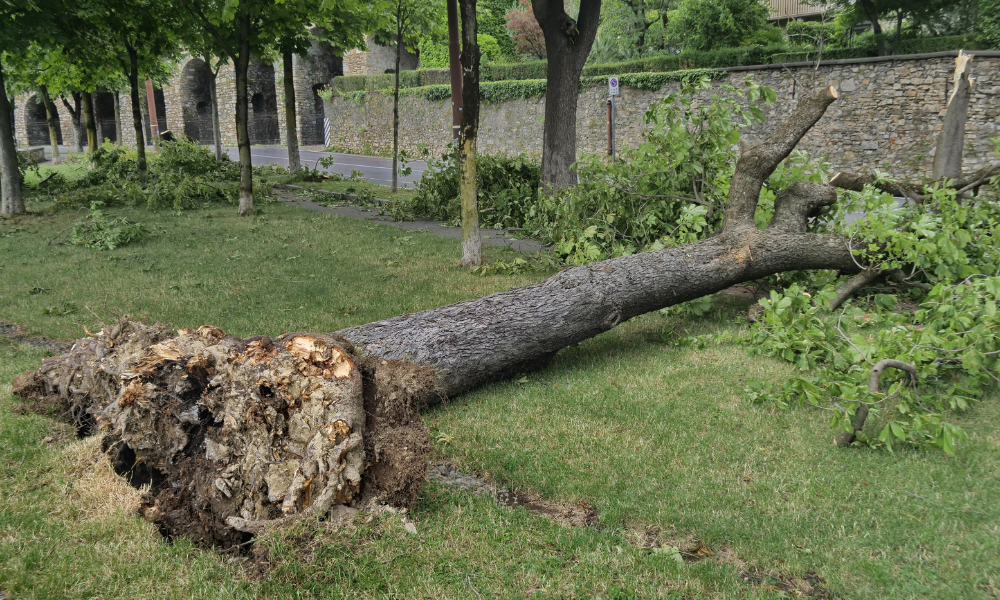St. John Ambulance manager tells COS why the humble pool noodle has come to the rescue

When you think of first aid, one of the first things that comes to mind is CPR (cardiopulmonary resuscitation), known colloquially as ‘mouth-to-mouth resuscitation’.
Already not the most pleasant experience in the best of times, during a pandemic where a deadly respiratory disease is circulating, it would seem almost counter-intuitive.
Nevertheless, as an essential part of first aid, first aid training purveyors have come up with some nifty solutions. And in fact, some of these solutions pre-dated COVID.
Indeed, there are many different pathogens that can be transmitted (for example, Hepatitis) through CPR. When having to perform emergency resuscitation, you are usually not aware of that person’s health background (nor is that person aware of yours).
Chris Schmied, Manager of Learning, St. John Ambulance, says that their learners use brand new CPR masks to perform CPR on the training mannequins, “not because of COVID, but because we want them to be comfortable with the mask [in emergency situations].”
Virtual courses
Like with a lot of safety training, many courses have shifted to virtual platforms.
“COVID has really forced us to think differently, we had to re-think and gain a rapid understanding of what online training could look like,” says Don Marantette, Director of First Aid Programs, Red Cross.
Marantette says that the pandemic has also pushed his organization to think differently about using certain training aids in the classroom – and how learners are interacting with those aids.

In-person learning
For many organizations providing first aid training during the pandemic, lessons are split between virtual classes and in-person classes which have been re-thought to respect current safety guidelines and keep participants as safe and comfortable as possible.
“We have always used mannequins for CPR,” says Schmied. “They are mannequins that can be 100 per cent sterilized - we use state of the art cleaners to clean our mannequins and equipment.”
To practice bandaging and dressing, instead of working on a partner in the class, Schmied says that they have been using pool noodles, “because they can mimic an arm in the sense that they're somewhat pliable, somewhat soft, and we can cut them to the length of an arm.”
The pool noodles are all disinfected after the lesson.
Furthermore, before going into the class, all participants do a self-screening, and during class they are distanced six feet apart and have to wear masks.





